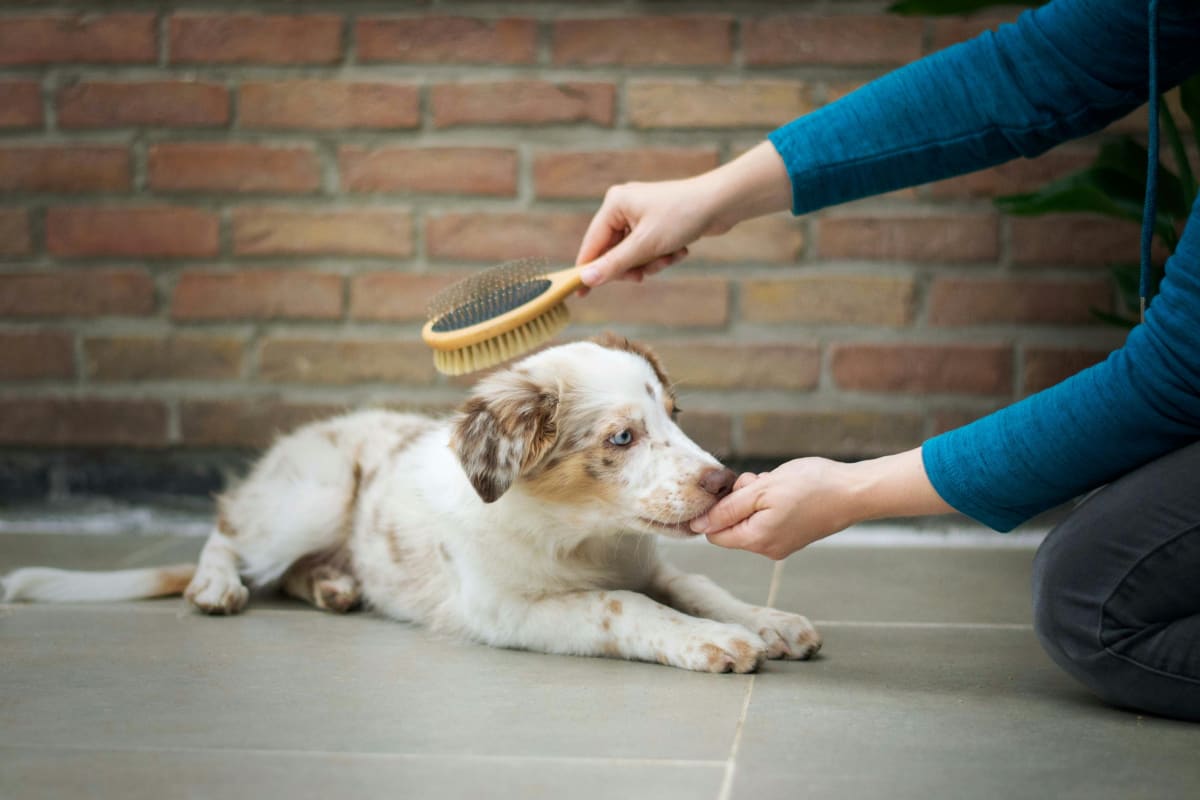Flea and tick prevention is one of the most important things that all pet parents should consider. These pesky parasites can be a headache for both you and your pet, so prevention is key. Flea and tick collars are just one of the options that dog owners have, but some people question whether or not they really work. Keep reading for an overview of flea and tick collars, how they work, and how to decide if they are right for your pooch.
How Do Flea and Tick Collars Work?
 Do flea and tick collars really work? In short, yes, they do! These collars can be very effective at repelling pests, as well as treating them. There are several different types of collars, including traditional and newer styles.
Do flea and tick collars really work? In short, yes, they do! These collars can be very effective at repelling pests, as well as treating them. There are several different types of collars, including traditional and newer styles.
The traditional style of flea and tick collars works by emitting a chemical that is toxic to fleas as a gas. This means that any pests that come close to the collar are killed. However, the older styles of flea collars often have the active ingredients coating the outside of the collar, rather than embedded inside of it. As a result, the amount of chemicals being released may not always be consistent, causing the collar to become less effective over time.
Luckily, many newer styles of flea and tick collars are designed to avoid the issues that may have been present with traditional collars. Unlike older collar styles, newer flea collars have the pest-killing chemical embedded within them. This allows for a steady and continuous release of the active ingredients from the collar, which are then spread naturally over a pet’s skin and coat to repel and kill fleas.
Benefits and Drawbacks of Flea and Tick Collars
While the newer styles of flea and tick collars are effective and safe, there are still some advantages and disadvantages of using collars for flea and tick prevention for dogs.
Advantages of Flea and Tick Collars
One of the biggest benefits of using a flea collar is how long it lasts. Newer styles of flea collars can be effective for up to 8 months, while other flea and tick meds, like spot-on treatments, only last about 30 days.
Flea collars also tend to be less expensive and easier to obtain than other flea and tick prevention methods. They do not require a prescription and can be purchased at your local pet store. Before buying, be sure to ask your veterinarian for their recommendations on brands of collars, as there are some cheap collars on the market that do not work very well.
Disadvantages of Flea and Tick Collars
Depending on whether you opt for an older or newer style of flea collar, there can be some downsides to using them for your dog. Because they are worn around the neck, flea collars are effective primarily in that area, leaving your pup’s hindquarters more susceptible to pests. Additionally, flea collars may irritate some pets’ skin, so be sure to keep this in mind when considering one for your dog.
Additional Flea and Tick Prevention Tips
 While most are very effective, no method of flea and tick prevention will completely eliminate the chances of your pet getting fleas or ticks. That said, it’s important to take additional precautions to further prevent pests and protect your furry friend:
While most are very effective, no method of flea and tick prevention will completely eliminate the chances of your pet getting fleas or ticks. That said, it’s important to take additional precautions to further prevent pests and protect your furry friend:
- Groom your pet regularly. Pay special attention to signs of ticks or fleas, and use a flea comb on occasion for a closer inspection.
- Wash your pet’s bedding frequently. Once a week is recommended, and be sure to wash in hot water. Also don’t forget to vacuum your carpets on a regular basis.
- Know the signs of ticks or fleas. Don’t assume that your pet is pest-free just because you don’t see any fleas or ticks on them. Be on the lookout for signs such as excessive scratching, biting, or loss of fur.
- Talk to your veterinarian. When in doubt, talk to your vet. They will be able to give you the best advice when it comes to a flea and tick prevention or treatment plan for your pet.
All in all, flea and tick collars are an effective way to protect your pet from pests, and they are definitely something to consider for your pup.
If you’re looking for the newest addition to your family, be sure to check out the puppies for sale on Lancaster Puppies today!

